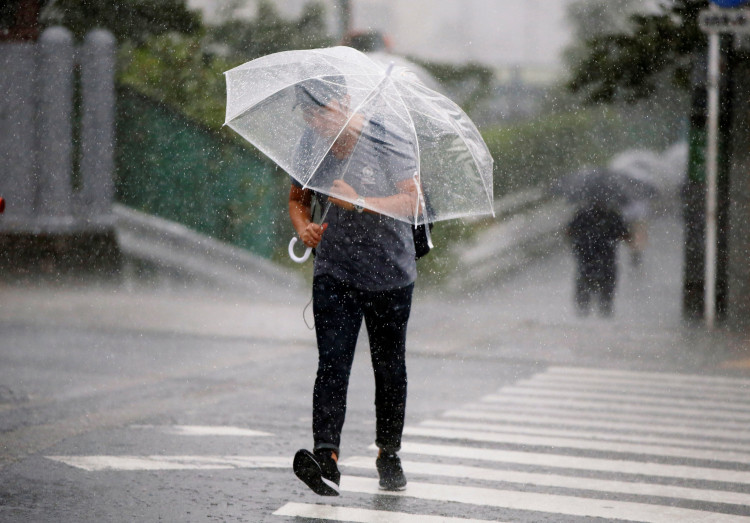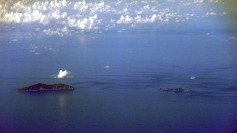China's eastern province of Zhejiang elevated the gale force up to 10 as Typhoon Yagi makes its landfall. The typhoon, which is the 14th to enter Chinese area of responsibility this year, has a force close to 102 kilometer-per-hour near its eye.
Typhoon Yagi made its official landfall at around 11:35 p.m. on Sunday in Wenling County, Zhejiang Province. The typhoon is bringing heavy monsoon rain the provincial flood control headquarters warned.
More than 204,949 people were evacuated due to heavy rains. This figure encompasses ten cities including Taizhou, Wenzhou, and Zhoushan. Authorities have also warned about heavy sea winds. As a result, more than 20,000 fishing boats and 4,526 other vessels have returned to port for safety.
Top weather observatory in China had upgraded the typhoon alert from blue to yellow due to Typhoon Yagi's increasing strength. In a statement acquired by Global Times, the National Meteorological Center (NMC) said that as of 5 p.m. the center of the typhoon was located about 235 km southeast of the city of Taizhou, Zhejiang Province.
China has adopted a four-tiered color-coded weather warning system. The most severe of weather disturbances are given the color red warning, followed by orange and yellow, with blue as at the lowest of the tier system.
Weather forecasts expect the weather disturbance to move at the speed of around 35 kilometer-per-hour heading towards the northeast. Experts added that the typhoon will continue to gain strength prior to its landfall. The NMC said that Typhoon Yagi will weaken after making its landfall.
As part of the NMC's safety protocol, the agency has contacted various local governments that are expected to be affected by Typhoon Yagi in preparation for possible disasters. Ships in affected areas are advised to return to port for safety. The center has also advised residents along the path of the typhoon to stay indoors for their safety.
Before hitting eastern China, Typhoon Yagi has ravaged a significant part of the Northern Philippines and some parts of Southeast Asia. The typhoon, with its heavy monsoon rain, brought knee-deep waters in the city of Manila, the capital of the Philippines, as well as neighboring cities and provinces.
More than 54,000 people were evacuated to safety in order to prevent consequent disasters. At least 20,000 people were evacuated from Marikina and an additional 19,000 more were evacuated from the nearby province of Rizal.






